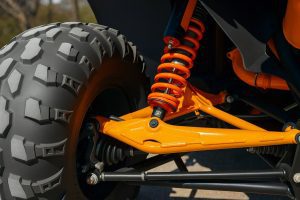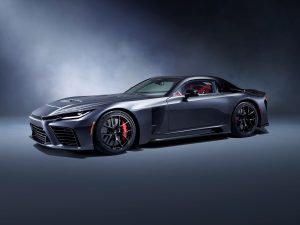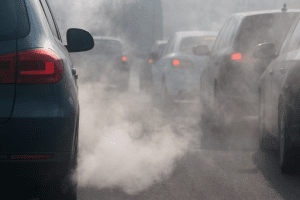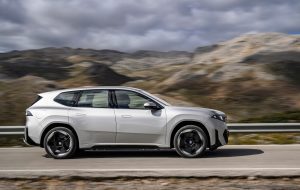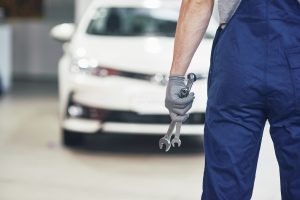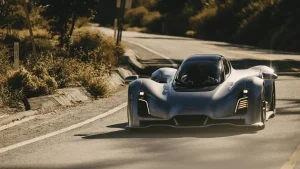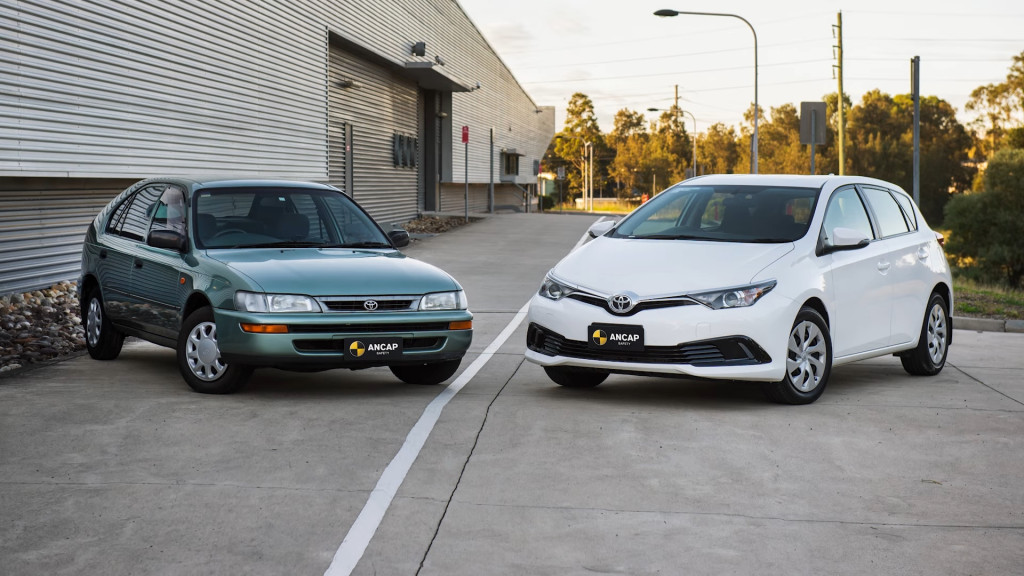
When you are thinking about buying a car, there are many things to consider — the price, the look, the fuel use, and maybe even the brand. But one thing that should always be at the top of the list is safety. A safe car can protect your life and the lives of the people with you. That is why it is so important to understand how car safety has changed over time.
Most people already know that modern cars are safer than older ones. You can often see this just by looking at the car. New cars have more metal and stronger materials around the cabin, and they usually come with many safety features. But the question is not if new cars are safer — we already know that. The real question is: how much safer are they?
Safety You Can See and Safety You Cannot
When you look at an older car and a newer one side by side, the older car might look bigger, heavier, and stronger. Many people believe that this means it is also safer. But looks can be deceiving. Modern cars are built with a special design that helps absorb the force of a crash. These areas, called crumple zones, are made to bend and break in a way that keeps the people inside the cabin safe.
Older cars, on the other hand, do not have these special designs. In a crash, the energy moves straight into the cabin, causing more harm to the passengers. Also, old cars often do not have important features like airbags, anti-lock brakes (ABS), electronic stability control (ESC), or automatic emergency braking.
The Famous Crash Test That Surprised Everyone
One of the most famous car safety videos on the internet comes from the show Fifth Gear. In the video, a small city car — the Renault Modus — was crashed into a large, older Volvo station wagon. Many people expected the big Volvo to win. But when the test was over, the Renault protected its passengers much better than the Volvo. This shocked a lot of people.
That test showed something important: age matters more than size when it comes to car safety.
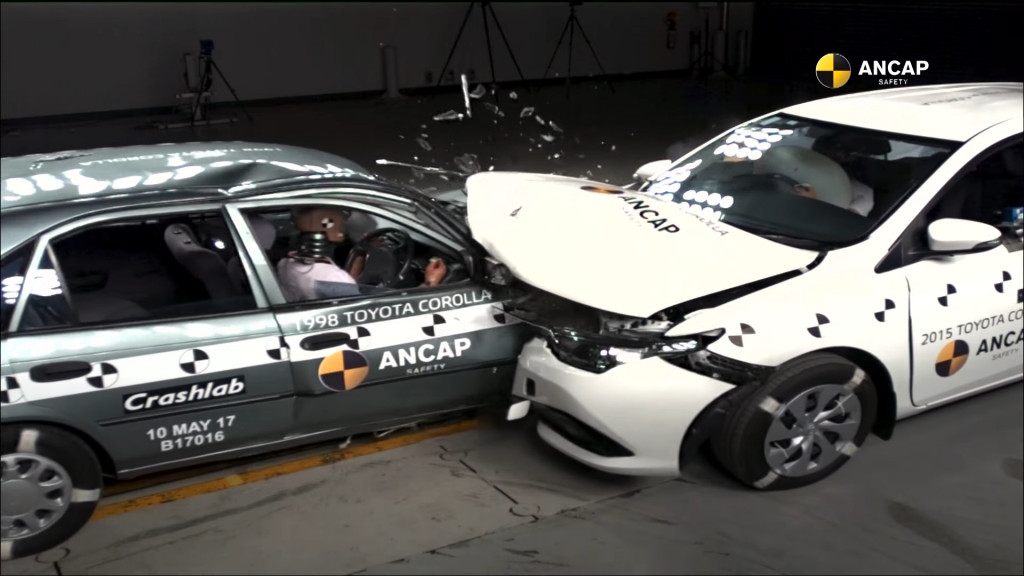
Old vs New: The Toyota Corolla Test
To understand this even better, let’s look at a real crash test done by the Australasian New Car Assessment Program (ANCAP). In this test, they used two Toyota Corolla cars. One Corolla was built in 1998, and the other in 2015. These two cars were put in a frontal crash at a speed of 64 kilometers per hour (about 40 miles per hour).
The results were very clear.
The 1998 Corolla got only 0.40 points out of a possible 16. This is equal to zero stars. The cabin (where the driver and passengers sit) was badly crushed, and the test showed that people in the car would likely have serious injuries, especially to the head, chest, and legs. This old Corolla also did not have airbags.
On the other hand, the 2015 Corolla scored 12.93 points out of 16, which gave it a full five-star rating. In this car, the crash showed that the people inside would probably have minor injuries or none at all. The cabin stayed strong, the airbags opened correctly, and the safety systems worked the way they should.
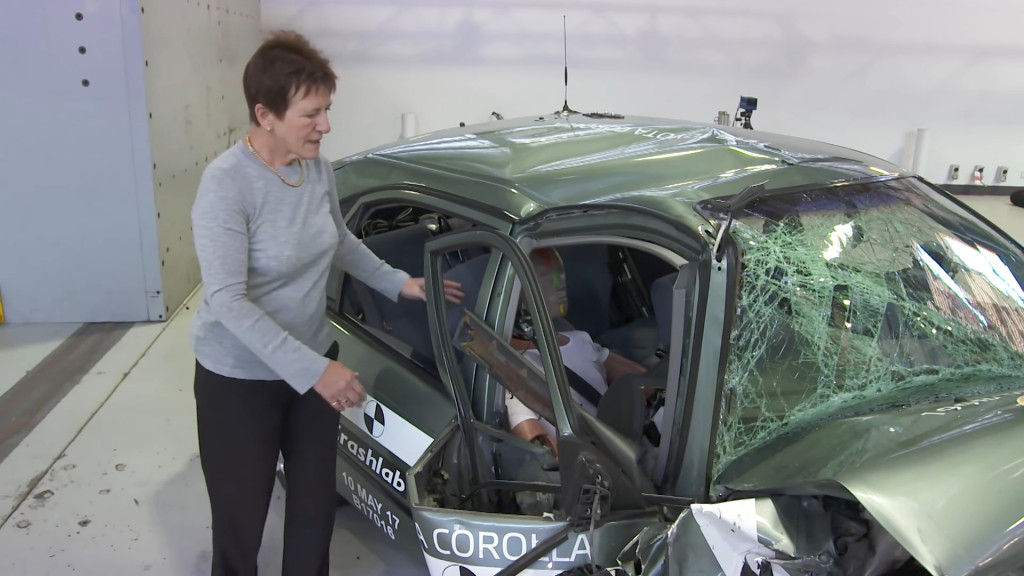
What Does This Teach Us?
This test clearly shows that cars today are much safer than those made 20 years ago. Even when you compare two cars with the same name and similar size, the difference in safety is huge.
Safety features like airbags, stronger materials, seatbelt pretensioners, and smart braking systems make modern cars much better at protecting people in accidents. Crash tests like this one are proof, not just opinion.
A Special Note for Young Drivers
Experts from the crash test program also gave an important message. They said that young drivers, who are often the most at risk in traffic accidents, should not drive old cars if possible. Many young people receive older cars from family members. While this helps save money, it can also put them in danger.
Of course, not everyone can afford a brand-new car, and we need to be realistic. But even if you drive an older car, the most important thing you can do is drive carefully. Avoiding accidents is always better than surviving them.
Drive Smart — No Matter What You Drive
Even the safest car in the world cannot protect you if you drive without thinking. That is why defensive driving is so important. Always pay attention to the road, follow the rules, and never think you are the best driver out there. Drive like you expect the unexpected.
If you can afford a newer, safer car — that’s great. But even if you cannot, you can still stay safe by being smart, calm, and respectful in traffic.
In the last 20 years, car safety has improved a lot. The numbers from crash tests do not lie. A modern car is not just a little bit safer — it is a lot safer. So, whenever you are choosing your next car, try to pick the safest one you can afford.
But remember: no car can do all the work for you. In the end, the best safety system is still the one behind the wheel — you.
